Does your child have lice? There are several options for anti-lice treatments such as, for example, anti-lice lotions and shampoos which you will find in pharmacies and which are very effective, although on occasion - depending on the infestation - it may be necessary to repeat the treatment several times.
In the case of children under two years of age or with allergies, any treatment should be discussed with your paediatrician before use.
And now, let's explore the active ingredients of anti-lice products.
What products are available to combat head lice?
The treatment options against head lice are varied. You will find over-the-counter pediculicide products with these active ingredients:
- Pyrethrin
The pyrethrins are natural substances extracted from the chrysanthemum flower used as insecticides that act on the nervous system of the lice causing them to die. A second treatment is recommended 7 days after the first treatment if live lice are seen. Pyrethrins should not be administered to people allergic to chrysanthemum or to pregnant women.
- Dimethicone
The dimethicone is a pediculicide with a physical action as it affects the body of the louse and its mobility. Dimethicone is a silicone that coats the louse, causing suffocation and mortal dehydration. It is most suitable for children with sensitive skin or a tendency to irritation. Dimethicone can be used on children from one year of age and pregnant women.
There are lotions, creams, shampoos and other hair products with these active ingredients. They are harmless substances for children, but very effective in killing head lice. It is recommended that when you exterminate nymphs and adult lice you repeat the treatment after 7 days if live lice are visible.
- Quassia vinegar
You also need to get rid of the nits, they carry the seed of the problem and are the cause of re-infection. To easily remove the nits you need a substance to reduce their attachment as they are stuck to the hair with a kind of cement.
The Quassia vinegar has traditionally been used as an inhibitor of chitin formation which prevents nits from sticking to the hair and at the same time helps to dissolve the nits, thus promoting their detachment. With the help of the nit comb, good light and patience, all the eggs should come out.
Remember, a complete and effective anti-lice treatment includes:
- Exterminate lice with pediculicides (anti-lice lotion or shampoos).
- Manual nit removal (nit combs)
- Protection against contagion (anti-lice sprays, waxes and masks)
And for your protection we recommend...
Tea tree
The Tea Tree oil has been traditionally used to keep lice away from hair. The unique Tea Tree Nosaprotect guarantees 80% of total terpenes, and 30 - 48% of the active molecule 4-Terpineol. In addition, does not contain Methyl EugenolThe formula contains a component that is responsible for irritating the scalp. It is paediatrically tested and is suitable for all skin types from 12 months onwards.
And as with everything else, you can't let your guard down! As long as children go to school, they will be in an environment conducive to exchanging all kinds of germs, insects and diseases with their classmates. This is one of the side effects of living together.
DO YOU KNOW OUR GUIDE? GET IT
Get rid of head lice with NOSA
Get rid of head lice and nits with NOSAATTACK.
- Anti-lice lotion with 5% dimethicone: Insecticide-free. Recommended for sensitive and atopic skin. With irresistible strawberry, apple and peach aromas.
- Anti-lice lotion 1% pyrethrin. Pediculicide recommended by WHO.
- PACK Anti-lice lotion and shampoo 1% Pyrethrin: Pediculicide recommended by WHO.
- Nit lotion: Formulated with Quassia Vinegar
Have you already finished with them? Then it's time to prevent with NOSAPROTECT.
- Triple Action Tea Tree Spray: Protects, detangles and sunscreens. With irresistible strawberry, apple and peach aromas.
- Tea Tree Shampoo: Formulated with dimethicone for easy detangling. Choose from three scents, strawberry, apple and peach.
- Tea Tree Mask: Protects, detangles and repairs. Strawberry scent.
- Tea Tree Styling Wax: Protects, moisturises and shapes. Apple scent.
- Textile Spray with Tea Tree: Protects clothes and accessories. Fresh scent.
For each stage at NOSA we have specific products with proven efficacy.
And if you want to know more about how to get rid of head lice, don't miss our free step-by-step guide.

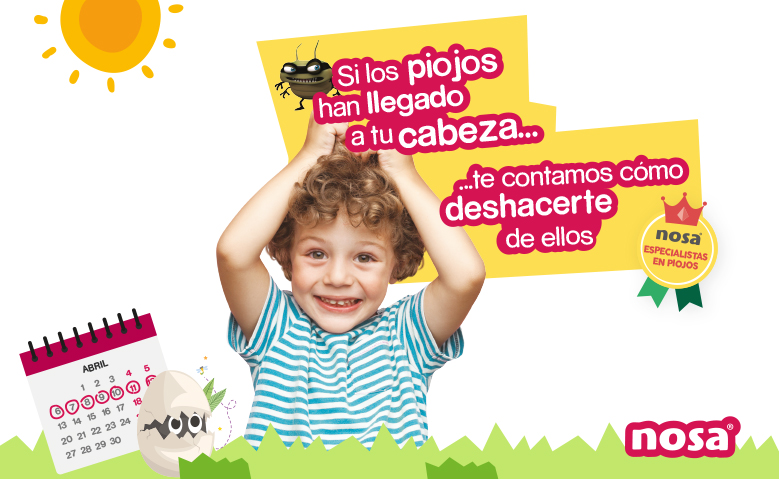
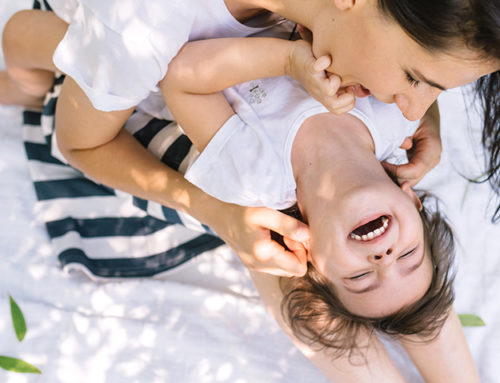

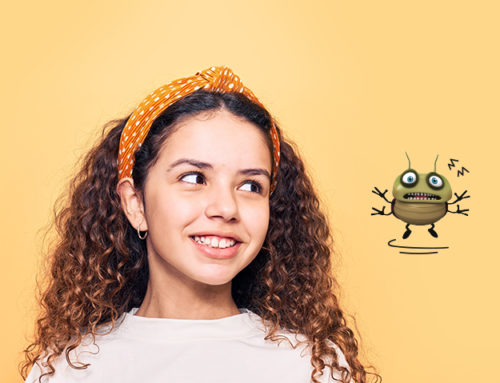
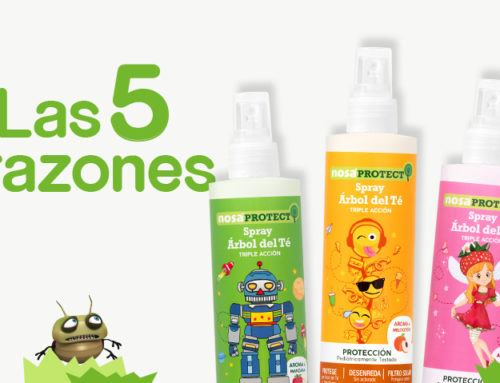
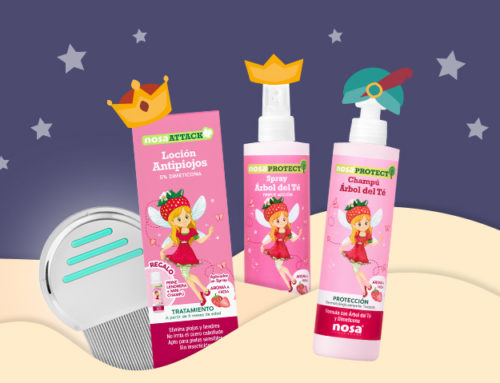
Leave A Comment
You must be logged in to post a comment.